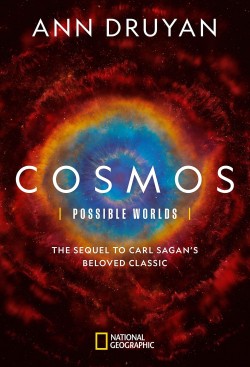
Cosmos: Possible Worlds
The first episode of this documentary television series about science in the United States aired on National Geographic on March 9, 2020. The series is a continuation of the Cosmos: A Spacetime Odyssey television show that aired in 2014 on the Science Channel. That show, in turn, was a continuation of the original Cosmos: A Personal Voyage series that Carl Sagan hosted on PBS in 1980. Ann Druyan and Brannon Braga are responsible for the series' writing, directing, and executive production. Other executive producers include Neil deGrasse Tyson, Seth MacFarlane, and Jason Clark. The series is hosted by the astronomer Neil deGrasse Tyson. There are a total of 13 episodes in the series, and they were spread out over the course of seven weeks. On September 22, 2020, the series made its debut on broadcast television for the first time on Fox. According to Braga, "Possible Worlds refers to planets that are extremely remote, but it also... considers the future as a possible world."
Read full
Genres:
Cast:
Production:
Country:
Duration:
585 m


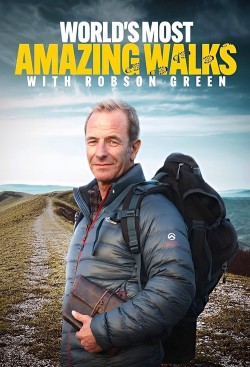

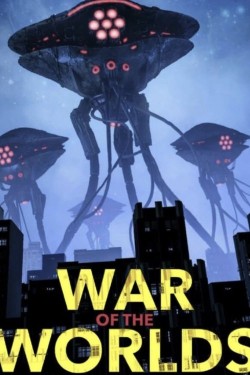
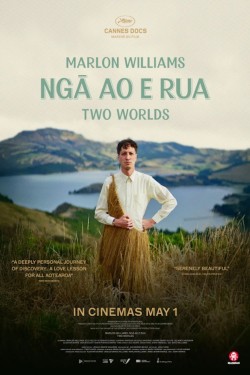
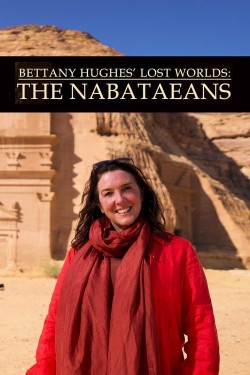
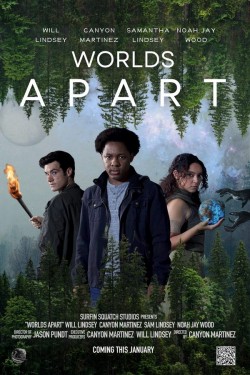
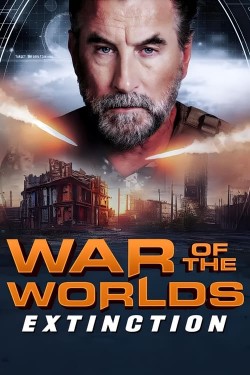








Discussion